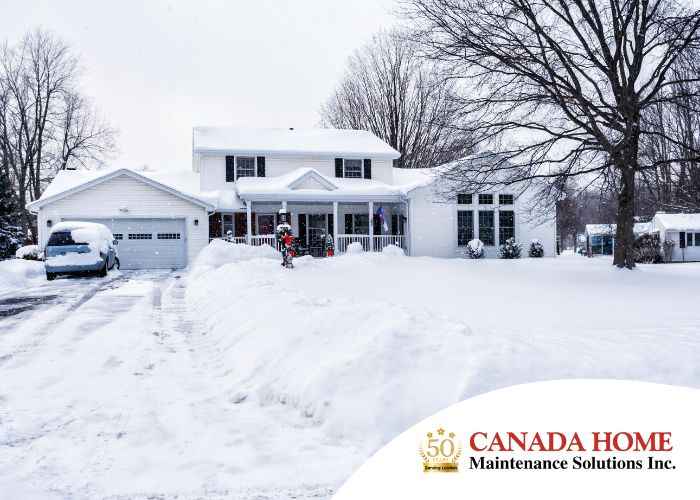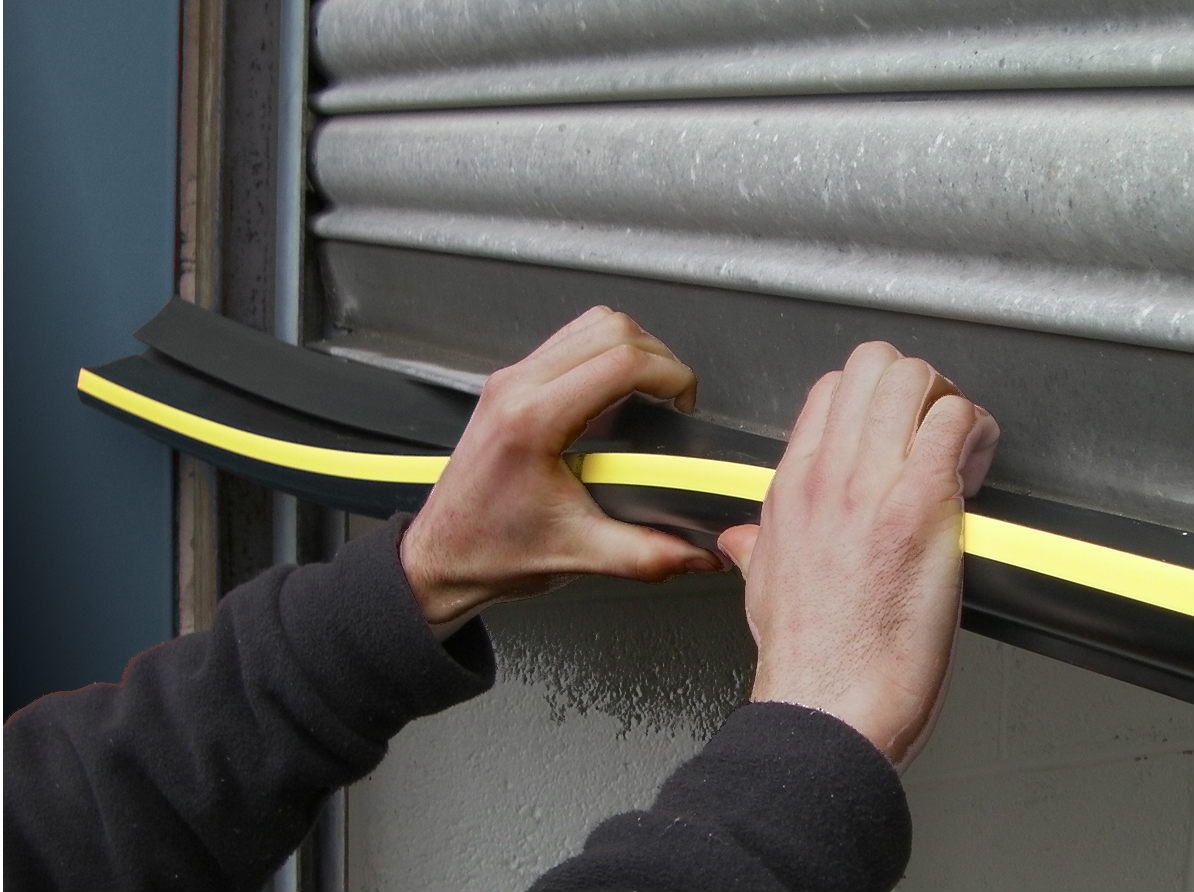The Ultimate Guide to Winterizing Your Home in London, Ontario

Winter in London, Ontario is no stranger to frigid temperatures, heavy snowfall, and biting winds. As the cold season approaches, residents must take proactive measures to prepare their homes for the harsh Canadian winters.
Winterizing your home not only ensures comfort and safety but also helps conserve energy and reduces heating costs. In this comprehensive guide, we will discuss various steps that residents and your local handyman can take to prepare your home for the winter effectively, focusing on insulation, weatherstripping, and furnace maintenance.
Preparing for the winter in London, Ontario
Assessing Your Home's Energy Efficiency
Before delving into specific winterization steps, it is crucial to evaluate your home's energy efficiency. Conducting an energy audit will help identify areas where heat loss occurs and pinpoint potential issues that need addressing. An energy audit can be done by a professional electrician or through DIY methods, such as using thermal cameras to detect heat leaks.
Insulation Upgrades
Insulation is the first line of defense against cold temperatures and a primary factor in keeping your home warm during winter. Inspect your home's insulation in the attic, walls, and basement to ensure it is adequate and in good condition. Upgrading or adding insulation to areas with insufficient coverage can significantly improve energy efficiency.
Attic Insulation: Heat tends to rise and escape through the attic. Make sure your attic is well-insulated to prevent heat loss. Consider adding blown-in or batt insulation to achieve the recommended R-value for your region.
Wall Insulation: While adding wall insulation might be more challenging, it can make a significant difference in keeping your home warm. If feasible, consider installing additional insulation or using insulation foam to fill gaps.
Basement Insulation: Insulating your basement will not only prevent heat loss but also protect pipes from freezing. Insulating basement walls and sealing any gaps will help create a more comfortable living environment.
Weatherstripping and caulking
Proper weatherstripping and caulking are essential for sealing gaps and cracks around doors, windows, and other openings. These small gaps can allow cold air to seep in and warm air to escape, leading to increased heating costs and discomfort.
Here's what you can do:
Weatherstripping: Install weatherstripping around doors and windows to create a tight seal. There are various types of weatherstripping materials available, such as foam, rubber, or vinyl, which can be easily applied.
Caulking: Use caulk to seal gaps and cracks around windows, doors, and utility openings. Check for any deteriorated or cracked caulk and reapply as needed.
Chimney and fireplace maintenance
If your home has a chimney and fireplace, it is essential to ensure they are well-maintained before the winter sets in.
Chimney Inspection: Have a professional chimney sweep inspect and clean your chimney to remove any creosote buildup, which can lead to chimney fires. Also, check for any cracks or damage that might compromise its efficiency.
Fireplace Efficiency: If you have a wood-burning fireplace, consider installing a fireplace insert or glass doors to improve its efficiency and prevent warm air from escaping up the chimney.
Furnace and HVAC system maintenance
The furnace and HVAC system are the heart of your home's heating during the winter months. Ensuring they are in top working condition is crucial for a comfortable winter.
Professional Inspection: Schedule a professional inspection and maintenance for your furnace and HVAC system before the cold season starts. A qualified technician will clean the system, check for any issues, and ensure it operates efficiently.
Replace Air Filters: Clean or replace air filters regularly to maintain good indoor air quality and help the system function optimally.
Programmable Thermostat: Consider upgrading to a programmable thermostat, which allows you to set different temperatures for various times of the day. This will help conserve energy and lower heating costs.
You might be interested: Heater installation and air conditioning installation in London, ON
Prepare plumbing and pipes
Frozen pipes can cause extensive damage and disruption during winter. Prevent this by taking the following steps:
Insulate Pipes: Insulate exposed pipes, especially those in unheated areas like the basement and crawl spaces, to prevent freezing.
Drip Faucets: On particularly cold nights, let faucets drip slightly to keep water flowing and prevent pipes from freezing.
Shut Off Outdoor Water Supply: Disconnect and drain outdoor hoses, and shut off the outdoor water supply to prevent frozen pipes.
You might be interested: Plumbing repair services in London, ON
Prepare your outdoor spaces
Protecting your outdoor spaces is essential during harsh winters:
Clean Gutters: Clear debris from gutters and downspouts to ensure proper drainage and prevent ice dams from forming.
Trim Trees: Trim any overhanging tree branches near your home to prevent them from falling and causing damage during heavy snowfall or ice storms.
Good read: The Complete Guide to Eavestroughs: Installation, Repair and Replacement
What's next for you...
Winterizing your home in London, Ontario, is not only about keeping warm but also about ensuring energy efficiency and preventing potential damage.
By following the ultimate guide provided above, London residents can prepare their homes effectively for the challenging Canadian winters. From insulation upgrades and weatherstripping to furnace maintenance and outdoor preparations, these measures will contribute to a cozy, comfortable, and well-protected living space throughout the winter season. Stay warm and safe!
If you're looking for a professional handyman near me in London, Ontario that can help you out with all kinds of home repairs and maintenance, head on to Canada Home Maintenance. They've been in the business for over 50 years. Feel free fill out the form and get a FREE quote.
For more home maintenance tips, we have prepared helpful resources for you:


